
Mottled fragments of night vision photos made sculptural. Selena Kimball at Morgan Lehman.
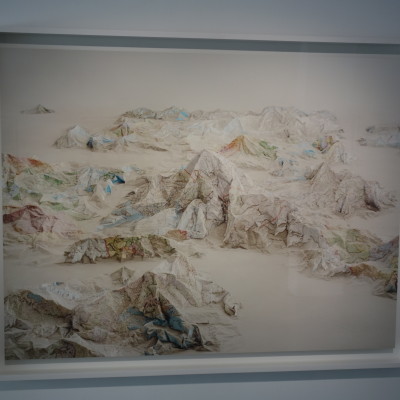
Maps sculpted into mountain ranges. Ji Zhou at Klein Sun.

Flickering colored film frames amid the crash of breaking glass. Paul Sharits at Greene Naftali.
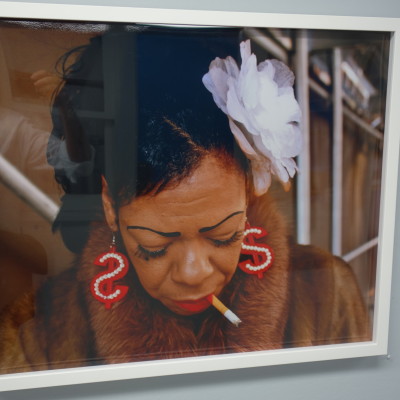
Dollar sign earrings and red lipstick. Ruben Natal-San Miguel at SoHo Photo.
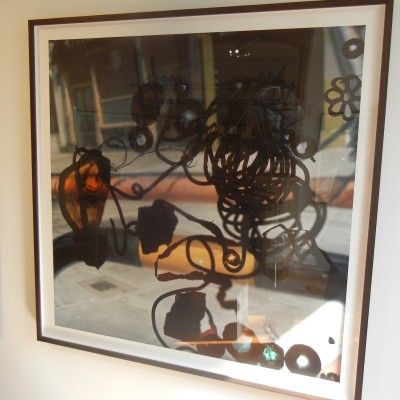
Swirling in camera interventions. Stephen Gill at Dillon Gallery.
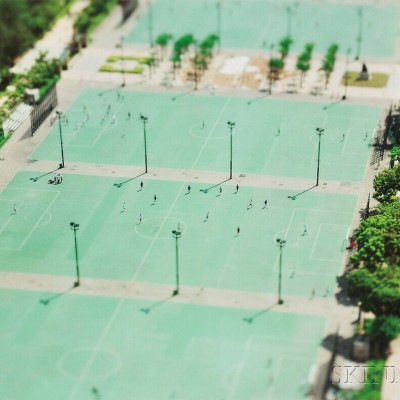
Soccer fields in tilt shift distortion. Naoki Honjo in the 9/11 Fine Photographs sale at Skinner.

Eden is a Magic World by Miguel Calderón (Little Big Man, 2011): a story of Korean teenager’s obsession with a Mexican child actress.

Los Ninos de Aqui by Thea Segall (Editorial Arte, Caracas, 1979) celebrates UNESCO’s International Year of the Child.
Troubles de la Vue by Milagros de la Torre (Toluca Éditions, Paris, 2003) is a one year record of the artist’s bruises in a high end book/object.

New Mexican Grandeur by Hector Garcia (Mexico City: Petroleus Mexicanos, 1967) presents the Mexican capital as a glorious metropolis.
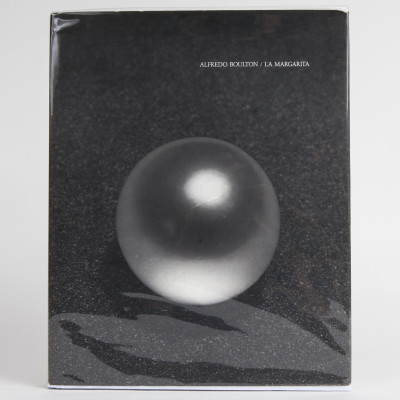
La Margarita by Alfredo Boulton (Ediciones Macanao, Caracas, 1981): iconic work by one of the most influential figures in Venezuelan culture.
Neruda: entierro y testamento (Las Palmas de Gran Canaria, Spain, 1973): Fina Torres documents the funerals of Pablo Neruda.
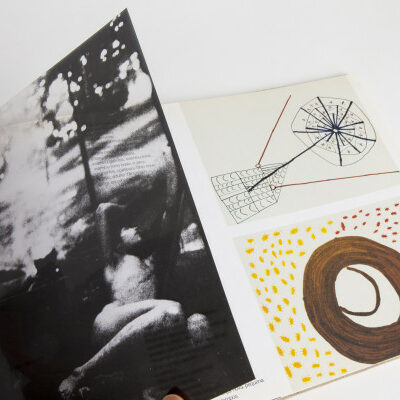
Mitopoemas Yanomam (Olivetti de Brasil S.A., 1978): one of the lesser known and most unsual books by Claudia Andujar.
José Medeiros’ book (Rio de Janeiro, Brazil: O Cruzeiro, 1957) remains the most important work on Candomblé, a syncretic religion practiced mainly in Brazil.
La ultima ciudad by Pablo Ortiz Monasterio (Mexico City: Casa de las imagenes, 1996) is a kaleidoscope of dramatic black and white street photographs of Mexico City.

Vivir o morir by Alfonso Alcalde (Santiago: Quimantu, 1973) documents a legendary 1972 airplane accident and the 16 survivors rescued 70 days later.

Sartre Visita a Cuba by Alberto Korda & Ernesto Fernandez (Havana: Ediciones R, 1961) documents Sartre and Beauvoir in Havana in 1960.
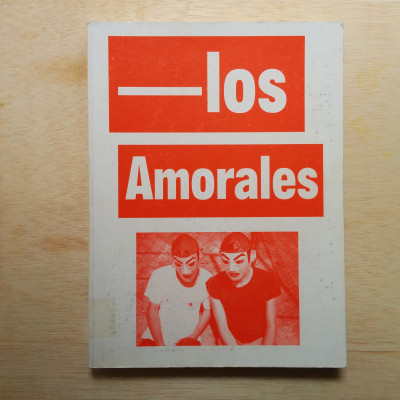
Los amorales by Carlos Amorales (Amsterdam: Artimo, 2000) takes a look at Mexican lucha libre (free wrestling).

Chile ayer hoy (Santiago, Editora Nacioanl Gabriela Mistral, 1975) is a strong example of the Chilean propaganda machine and militarized graphic design.

The iconic Para verte mejor, america latina (The Better to See You, Latin America) by Venezuelan photographer Paolo Gasparini (Siglo XXI Editions, Mexico City, 1972).



